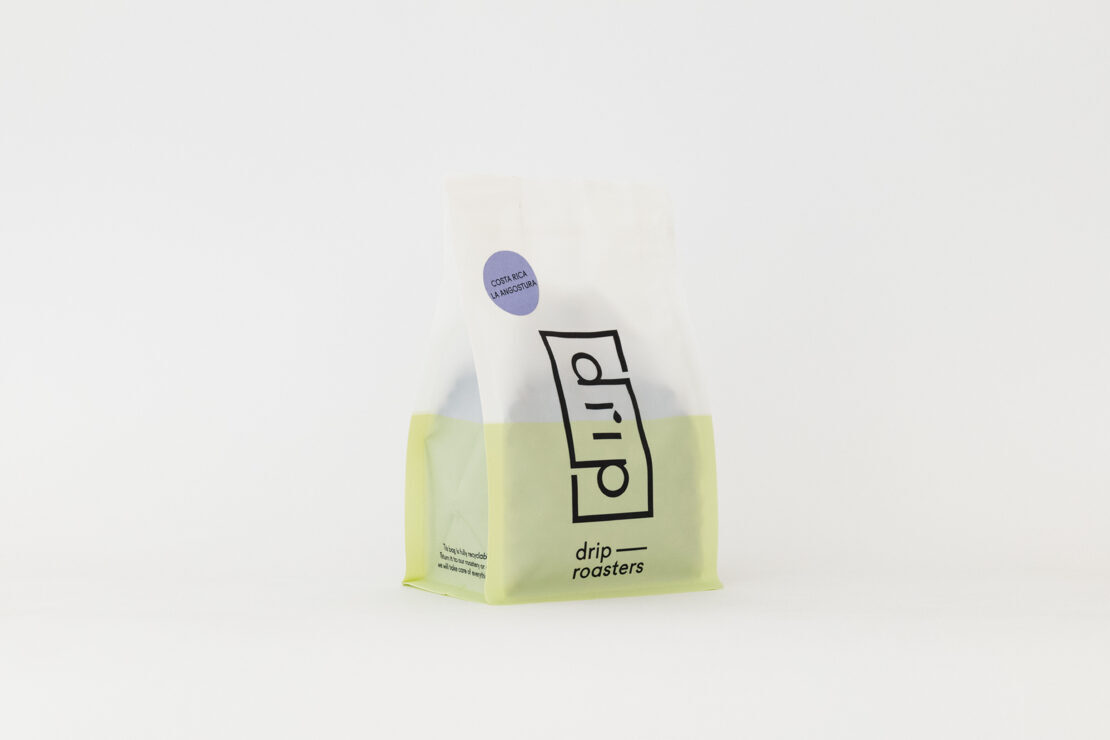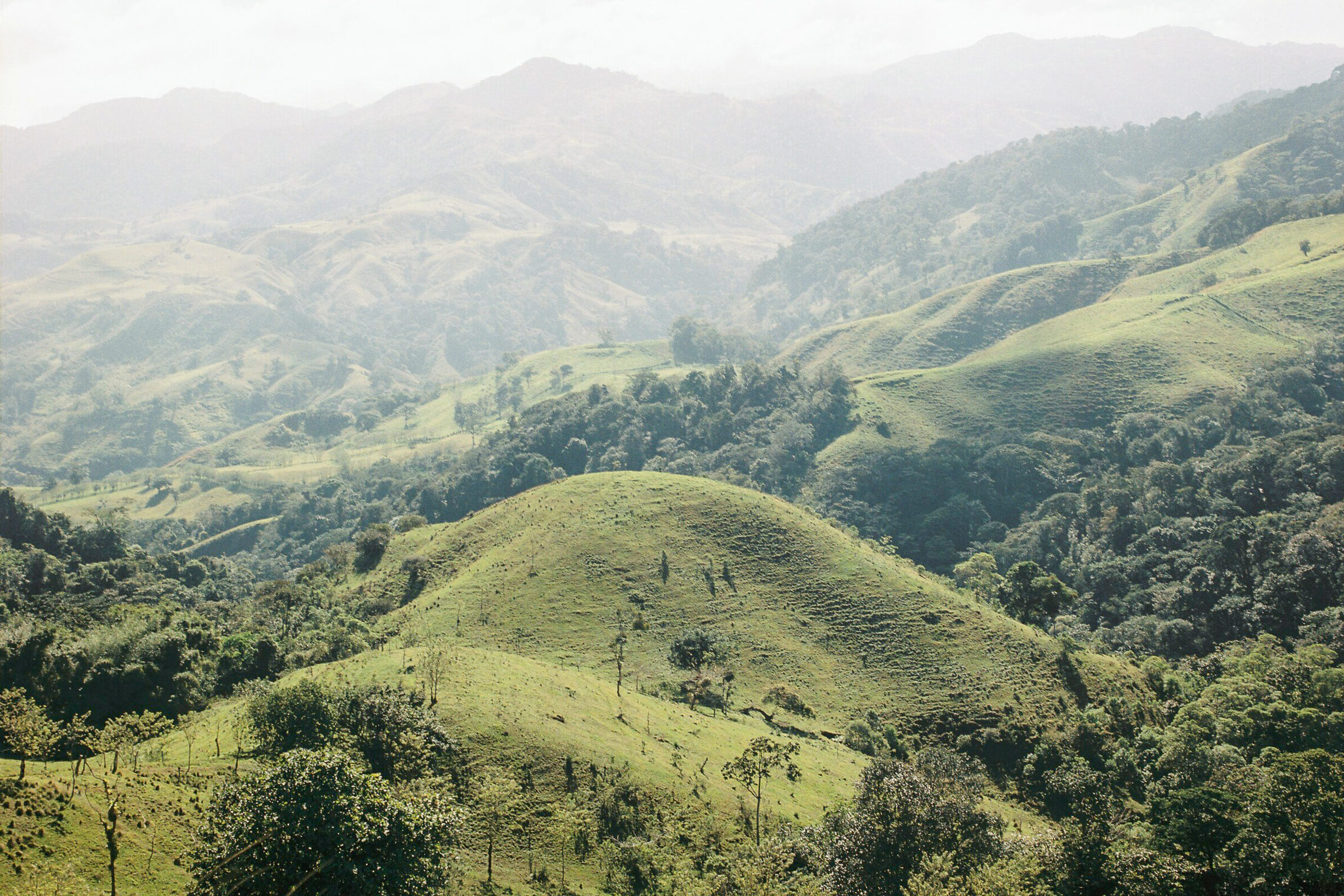
Traveling for Coffee in Costa Rica
Instead of jetting around half the globe for just a few days, we try to always combine origin trips with vacations. That’s what we did this time, too. We spent almost a month in Costa Rica and Panama. We thus had a lot of time to discover the countries – mostly Costa Rica – and the beaches. When we arrived in San José after a few weeks, coffee was at the center of our trip once again. We had contacted several farms before, but we ended up visiting only one farm. We were convinced by the work they do and we have since bought their coffee.
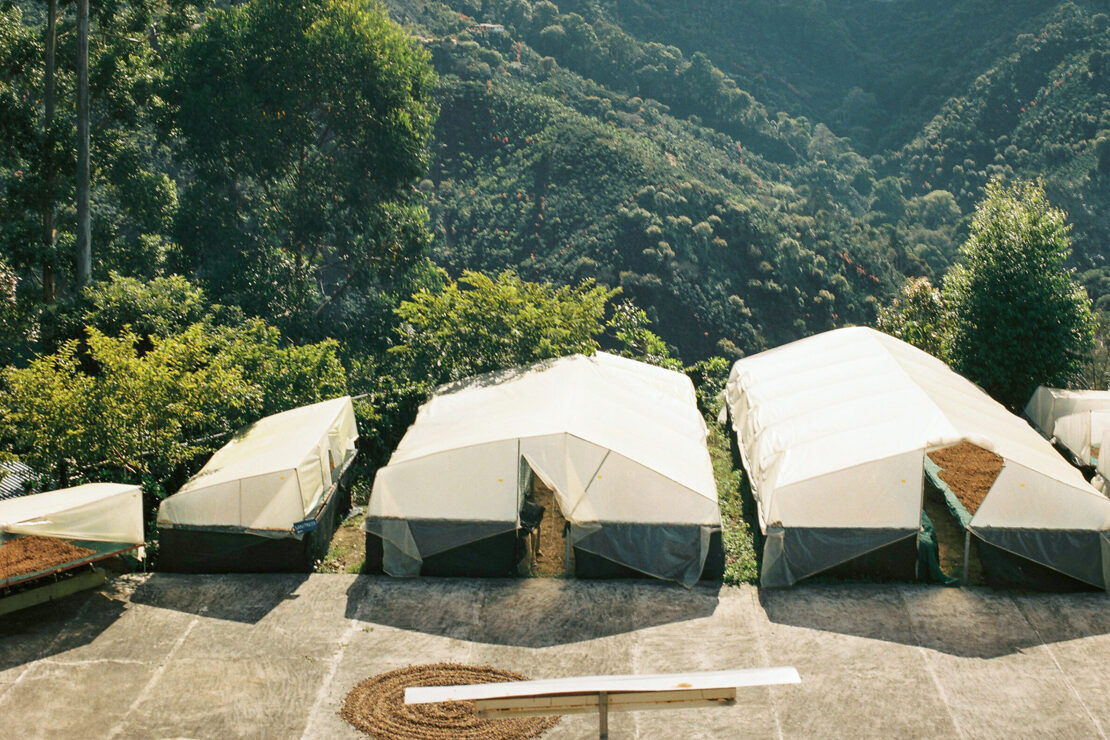
La Angostura
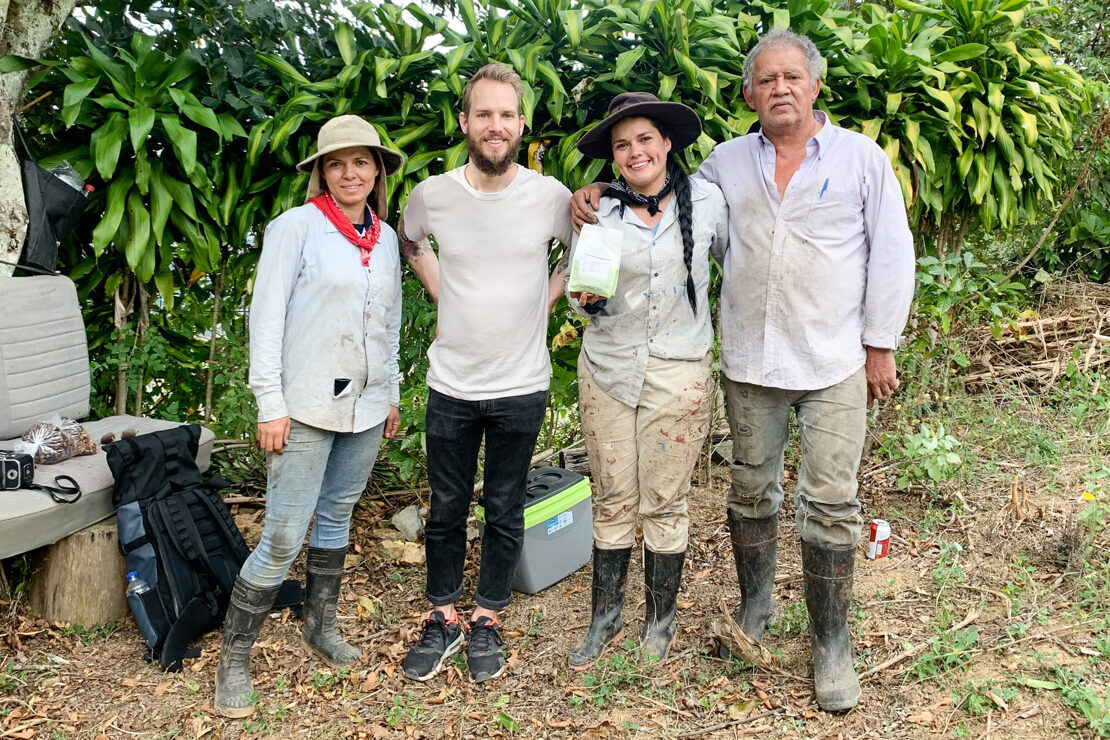
The Jimenez Family
When we finally arrived, one of the people working the coffee fields took us to the mill. Here, we were greeted very warmly by the sisters Arleen and Maria (or Lidey, how the family calls her, too) as well as their father Mario – and instantly offered a beer. Throughout the following hours they showed us the ins and outs of growing and processing coffee on La Angostura. They work in a very structured way and keep track of the harvest, the processing and the drying of every lot. During the harvest time from December until February, the family employs 15 workers to support them with picking. The remaining nine months of the year, all the work is done by the family.
The three were very patient talking to us in Spanish and telling us all about the cultivation and processing of coffee, but also about the local coffee community and political aspects of growing coffee. Their enthusiasm for coffee was obvious.
Arleen and Maria studied at university, but they didn't want to work in a job where they sit at the office all day, like many of their friends did. Instead, they prefer the work on their own farm, for which they get up at six every morning. They are convinced that producing coffee can allow them to live a good life if they ensure to produce coffee of high quality – which they do.
It's important to Arleen and Maria that people know how much hard work goes into the production of high-quality coffee – and that it also costs a lot to produce it. The two are very active in the local coffee community, too, and they work closely alongside the feminist non-profit social enterprise Bean Voyage. At the first Womxn-POWERed Coffee Summit, organized by Bean Voyage, Arleen and Maria were both speakers. They also contributed to «Más que un café», a participatory documentary consisting of short films. Along with three other female coffee producers from Costa Rica, they reveal what it means – and what it takes – to produce coffee in an industry that often makes them invisible. The short films can be rented here for a small fee.
We mostly stay in touch with the Jimenez family via Whatsapp, just like with many other coffee producers, but they're also very active on Instagram.
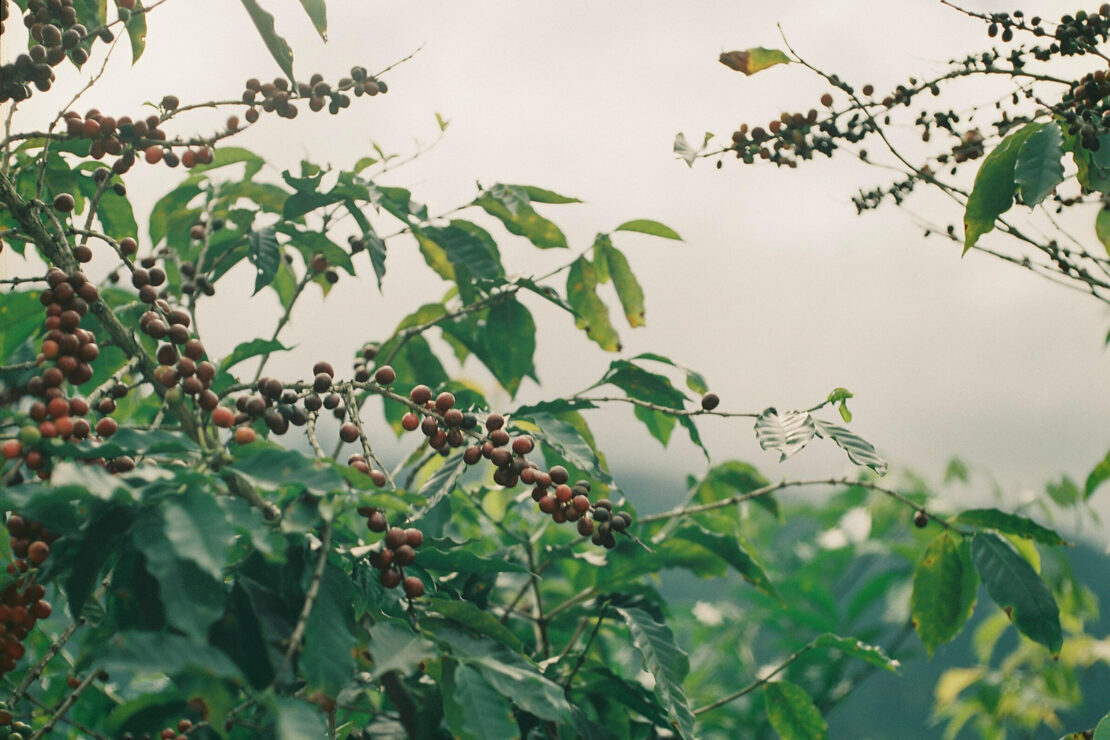
Bean Voyage
Bean Voyage is a feminist non-profit social enterprise on a mission to eradicate the gender gap in farming communities. We got in touch with Sunghee Tark, co-founder and CEO at Bean Voyage, only a few months before our trip to Costa Rica. But soon after, we knew that we would be working together. We are make a financial contribution to Bean Voyage using the money we collect to use for projects at origin (1% of our annual turnover as well as contributions by our customers collected through our online store that go back to the producing countries of coffee – more about this on our values page).
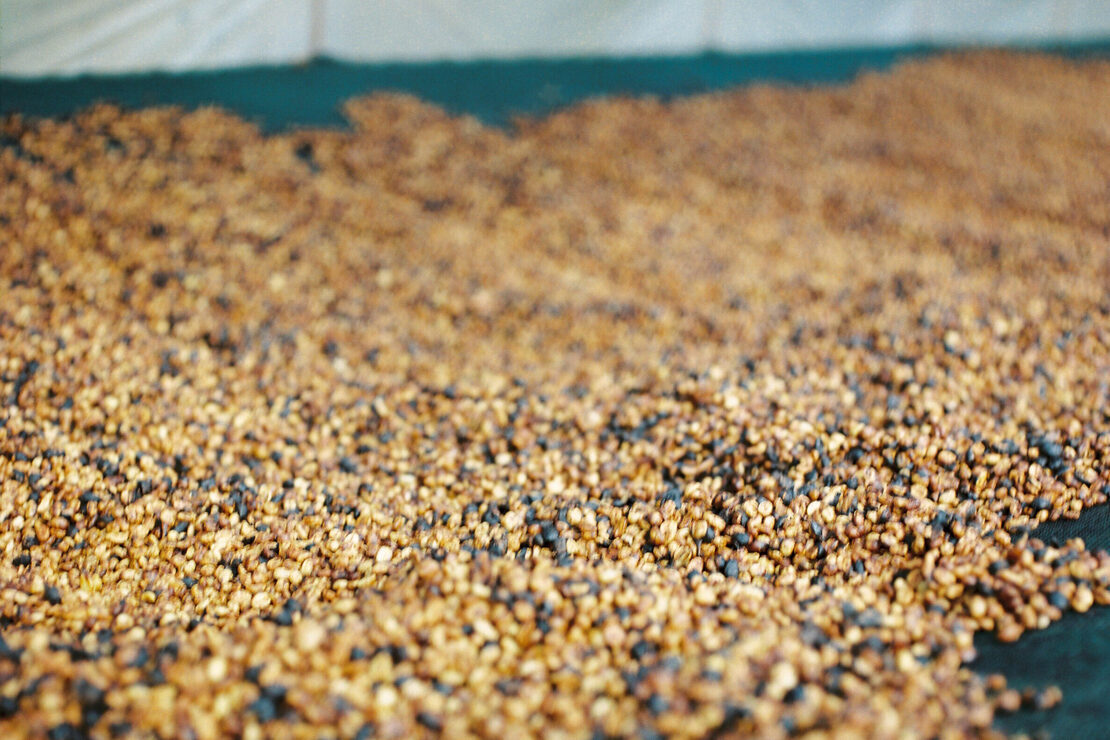
Cultivation
La Angostura is a small farm and produces small amounts of coffee. Being a small roastery, this seems like a great fit and we are looking forward to growing alongside La Angostura. They grow various Arabica varieties, mostly Caturra, Catuaí rojo and Catuaí amarillo, but also some others, such as Gesha. Banana and other trees provide shade for the coffee plants. The family processes most of their coffee with the honey process. The pulp of the coffee cherries is collected and stored on a concrete platform with a greenhouse-like structure, before it is safe to use as fertilizer. When used too early, it would be harmful to the soil rather than providing it with nutrients.
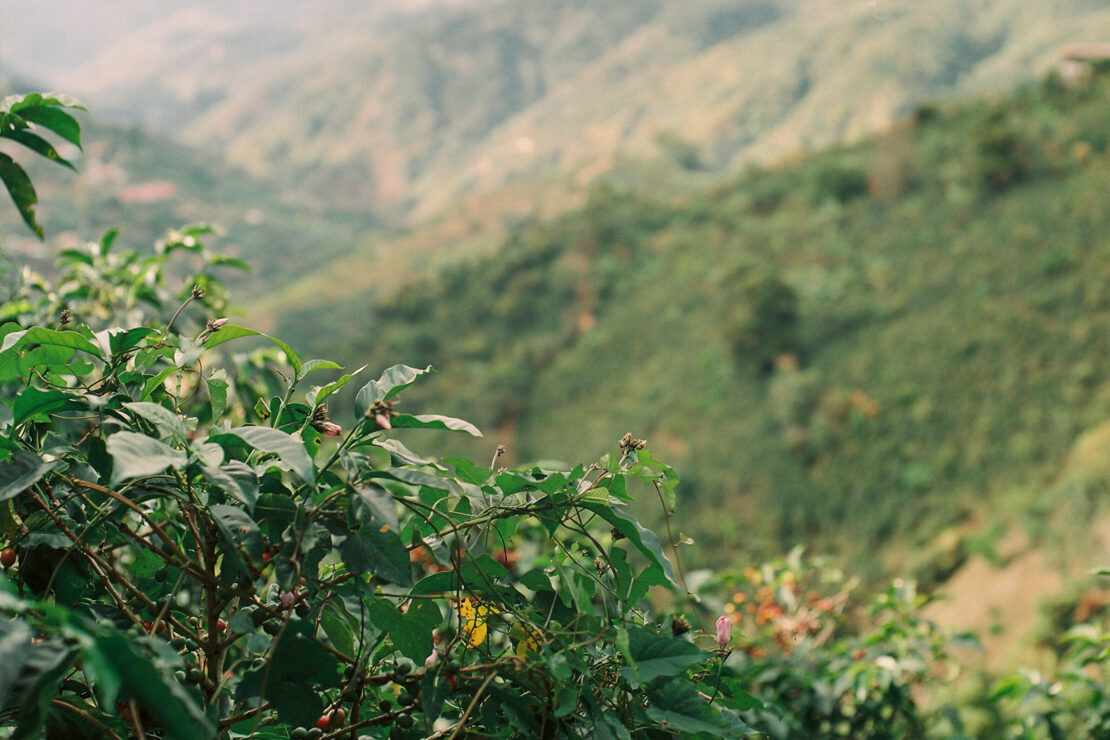
The Region
The area, in which Micro Beneficio La Angostura is located, is well-known for producing high-quality specialty coffee. Here, not far from the capital San José, the cantons of Tarrazú, León Cortés Castro and Aserrí meet in a very mountainous territory that offers excellent conditions for the cultivation of coffee: volcanic soil, a lot of sun, yet temperatures that are not too high, enough humidity and a diversity of plants and animals. On around 1200 to 1800 meters above the sea, a lot of coffee is grown on a relatively small amount of land. Driving around the streets in this area, you will see countless coffee trees on both sides.
The Coffee
We had already received a few hundred grams of coffee at the end of our visit – samples of various lots and processed in various ways. Our visit was a little early in the year so the samples had not had enough time to rest and the coffee beans were still covered by the parchment layer.
And if you wondered, the drive back to San José was quite a bit easier than getting there. When Google's directions were ignored and the ones by locals were followed, we made it back from La Angostura de León Cortés to San José within an hour and a half on nice, paved roads.
A few weeks later, back in Switzerland, we received more samples and the time had come to choose our favorite coffee. As always, when there are several great coffees on the cupping table and you have to pick just one, we had a hard time deciding. In the end, we chose a coffee of the red catuaí, which is not available in our online store and at the café as «La Angostura». It was processed as a honey – and it tastes just as sweet. But there's more: it's very balanced and it offers beautiful notes of stone fruit and caramel – a great morning coffee, in our opinion. But of course, there's nothing wrong with drinking it all day!

